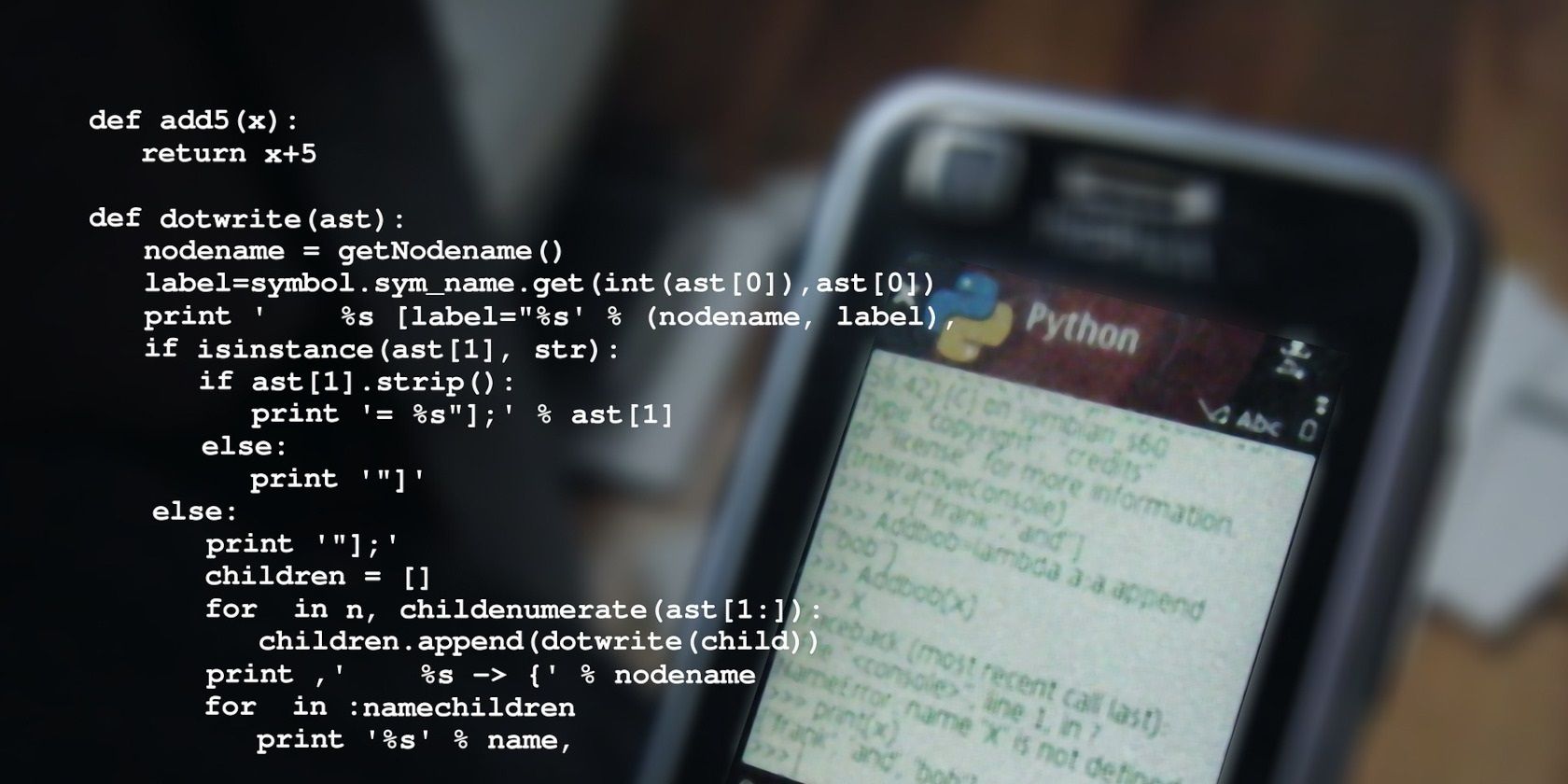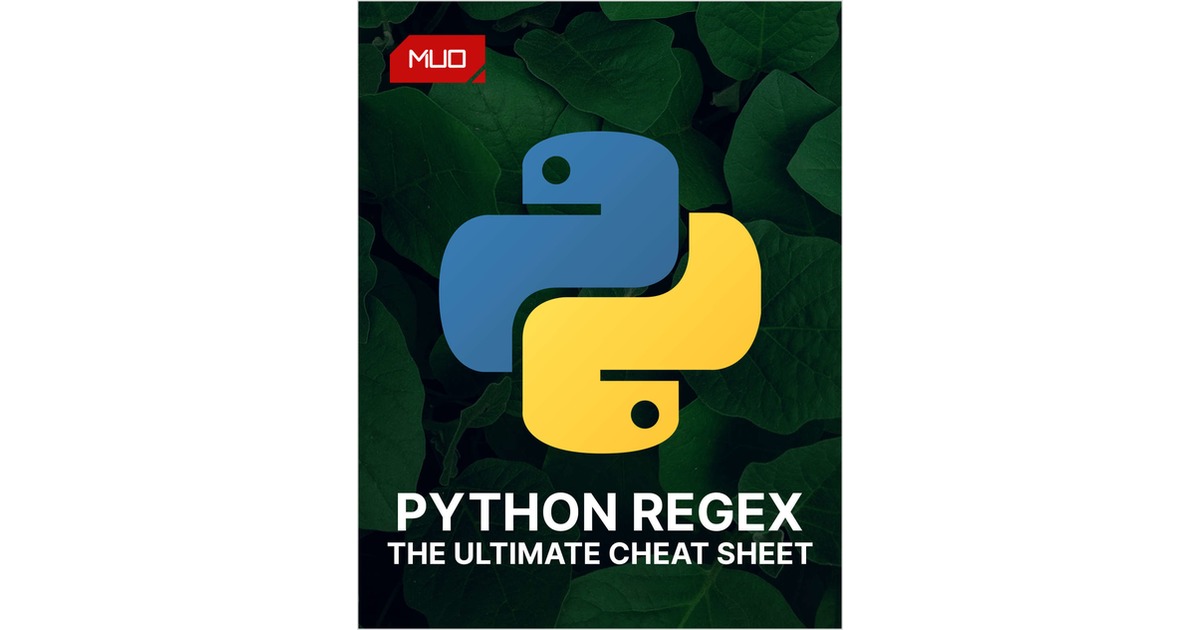


Sometimes, the syntax involves backslash-escaped characters, and to prevent these characters from being interpreted as escape sequences you use the raw r prefix. You will see what this means with special characters. Such literals are stored as they appear.įor example, \ is just a backslash when prefixed with an r rather than being interpreted as an escape sequence.

It changes how the string literal is interpreted. The re module also contains several other functions, and you will learn some of them later on in the tutorial.įor now, let's focus on ordinary characters!ĭo you notice the r at the start of the pattern Cookie? The match() function returns a match object if the text matches the pattern. Most alphabets and characters will match themselves, as you saw in the example. Ordinary characters can be used to perform simple exact matches: pattern = r"Cookie" They match themselves exactly and do not have a special meaning in their regular expression syntax. Ordinary characters are the simplest regular expressions. You can easily tackle many basic patterns in Python using ordinary characters. You will see some of them closely in this tutorial. The re library in Python provides several functions that make it a skill worth mastering. That means that if you want to start using them in your Python scripts, you have to import this module with the help of import: import re In Python, regular expressions are supported by the re module. In the end, there is a case study - where you can put your knowledge in use! So let's regex. You will also learn about compilation flags that you can use to make your regex better. This tutorial also covers some very useful functions provided by the re library, such as: compile(), search(), findall(), sub() for search and replace, split(), and some more. This already seems like a lot, and hence, there is a handy summary table included to help you remember what you've seen so far with short definitions. Next, you'll get familiar with the concept of greedy vs.
#PYTHON REGEX CHEAT SHEET HOW TO#
You'll also learn how to create groups and named groups within your search for ease of access to matches. Next, you'll learn about using repetitions in your regular expressions. Then you will see how basic/ordinary characters are used for performing matches, followed by wild or special characters. You will start with importing re - Python library that supports regular expressions.

This tutorial will walk you through the important concepts of regular expressions with Python. They help in manipulating textual data, which is often a prerequisite for data science projects involving text mining. They are used at the server side to validate the format of email addresses or passwords during registration, used for parsing text data files to find, replace, or delete certain string, etc. If you've ever used search engines, search and replace tools of word processors and text editors - you've already seen regular expressions in use. Import io import re from collections import deque, namedtuple from typing import ( Dict, List, Tuple, Set, Deque, NamedTuple, IO, Pattern, Match, Text, Optional, Sequence, Iterable, Mapping, MutableMapping, Any, ) # without initializing x : int # any type y : Any y = 1 y = "1" # built-in var_int : int = 1 var_str : str = "Hello Typing" var_byte : bytes = b "Hello Typing" var_bool : bool = True var_float : float = 1.Regular Expressions, often shortened as regex, are a sequence of characters used to check whether a pattern exists in a given text (string) or not. Restricting to a fixed set of possible types Using TypeVar and Generic as class template The main goal of this cheat sheet is to show someĬommon usage about type hints in Python3. That would be helpful to aid a pythoneer to understand reasons why Python Philosophy, it is crucial to read PEP 483 Moreover, to better understand the type hints design Specification about what a type system should look like in Python3, introduced


 0 kommentar(er)
0 kommentar(er)
